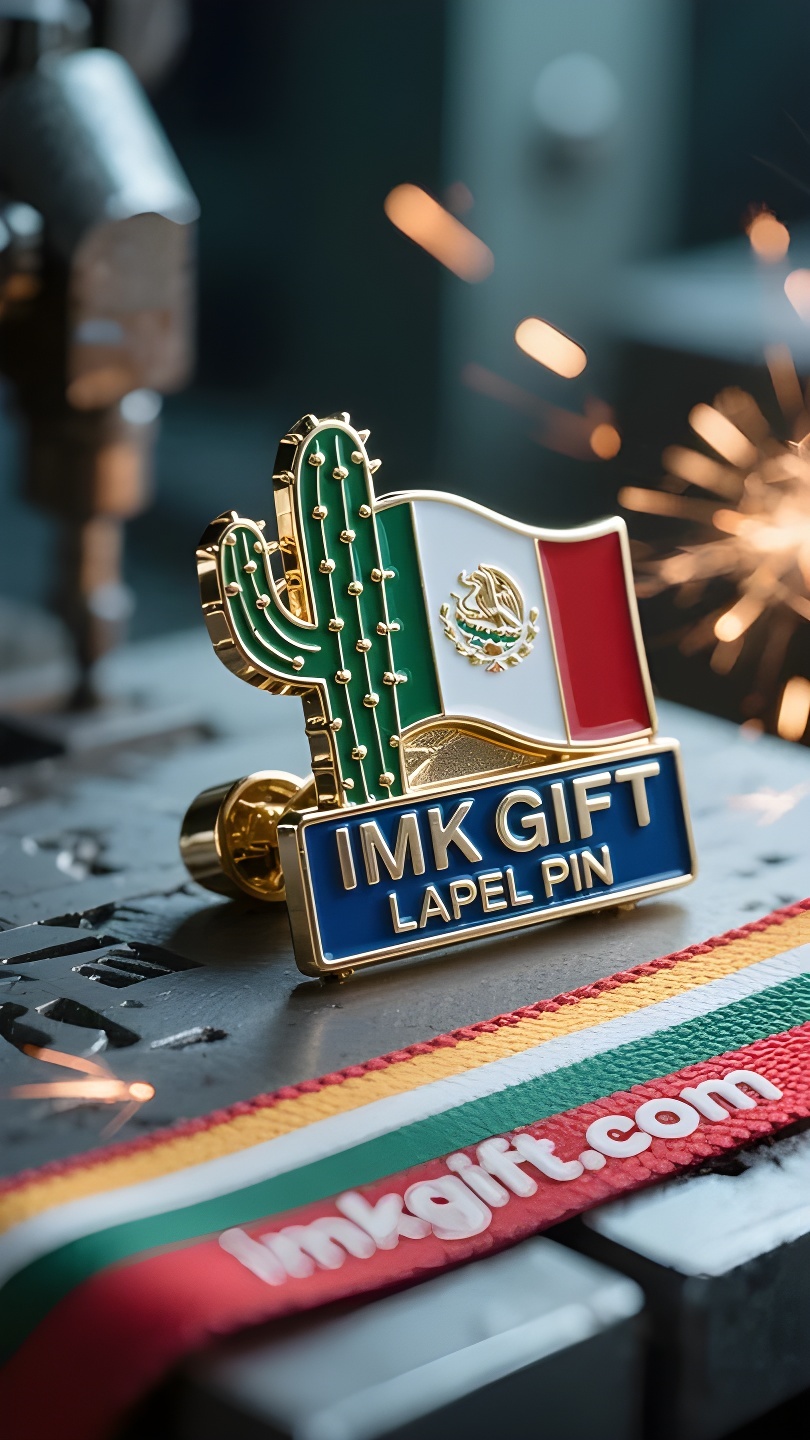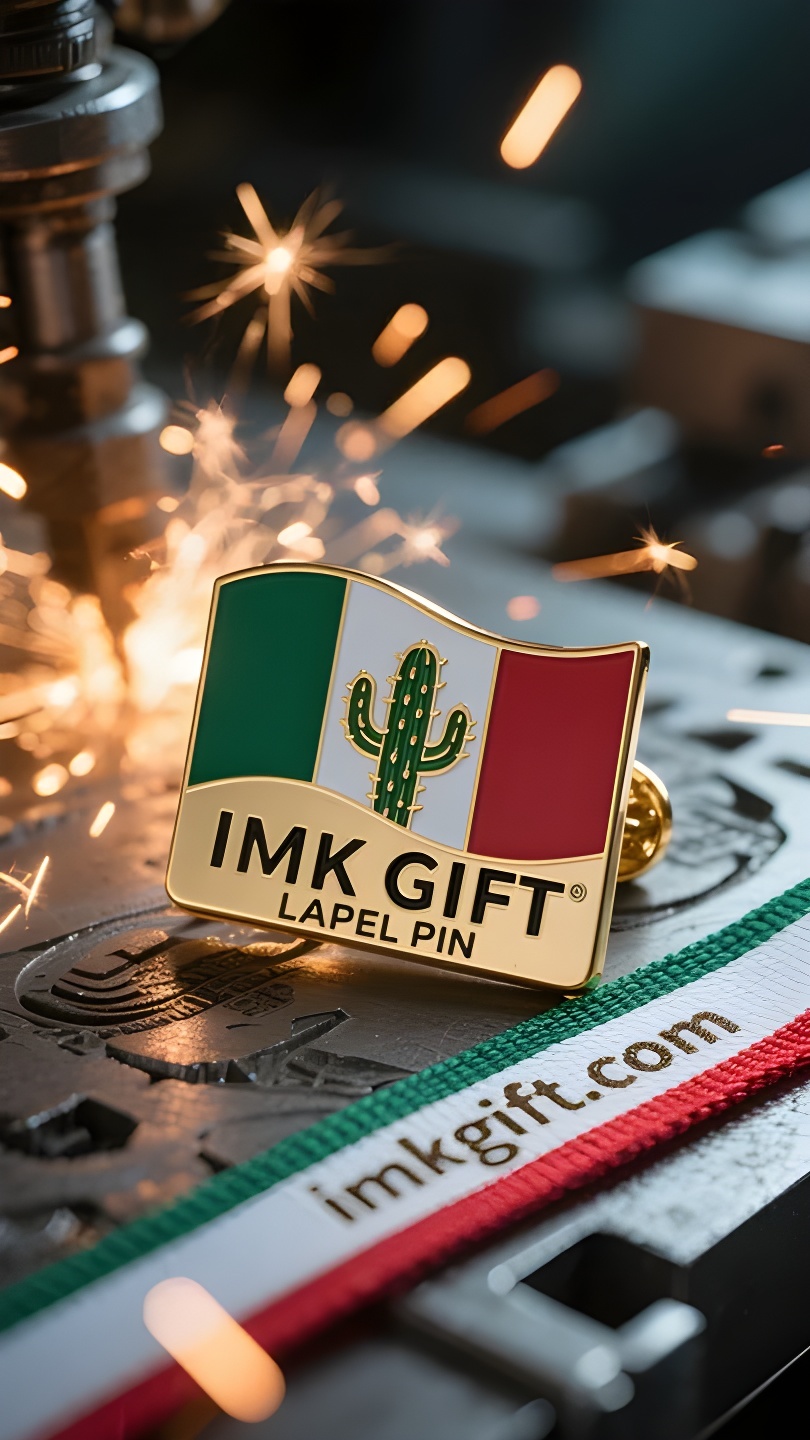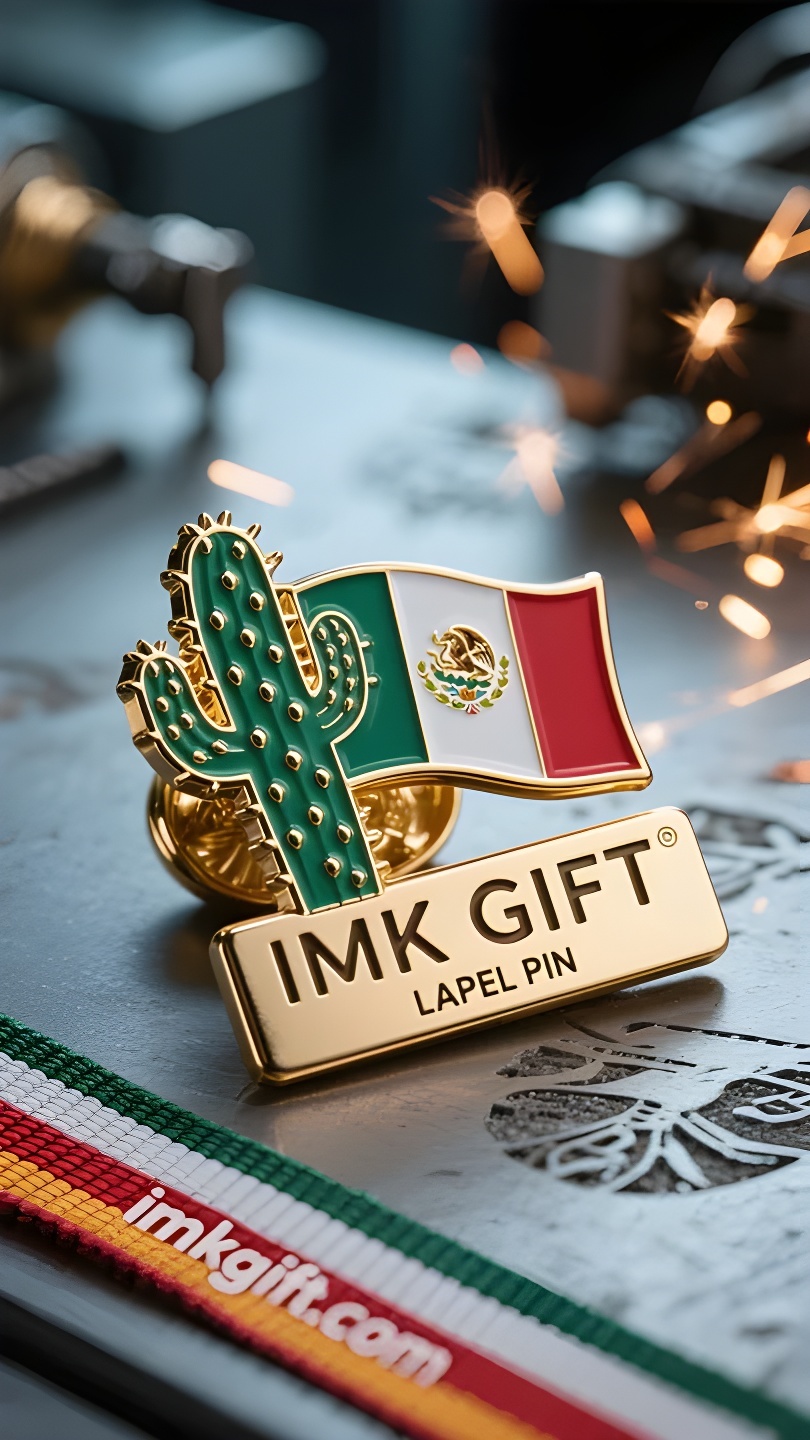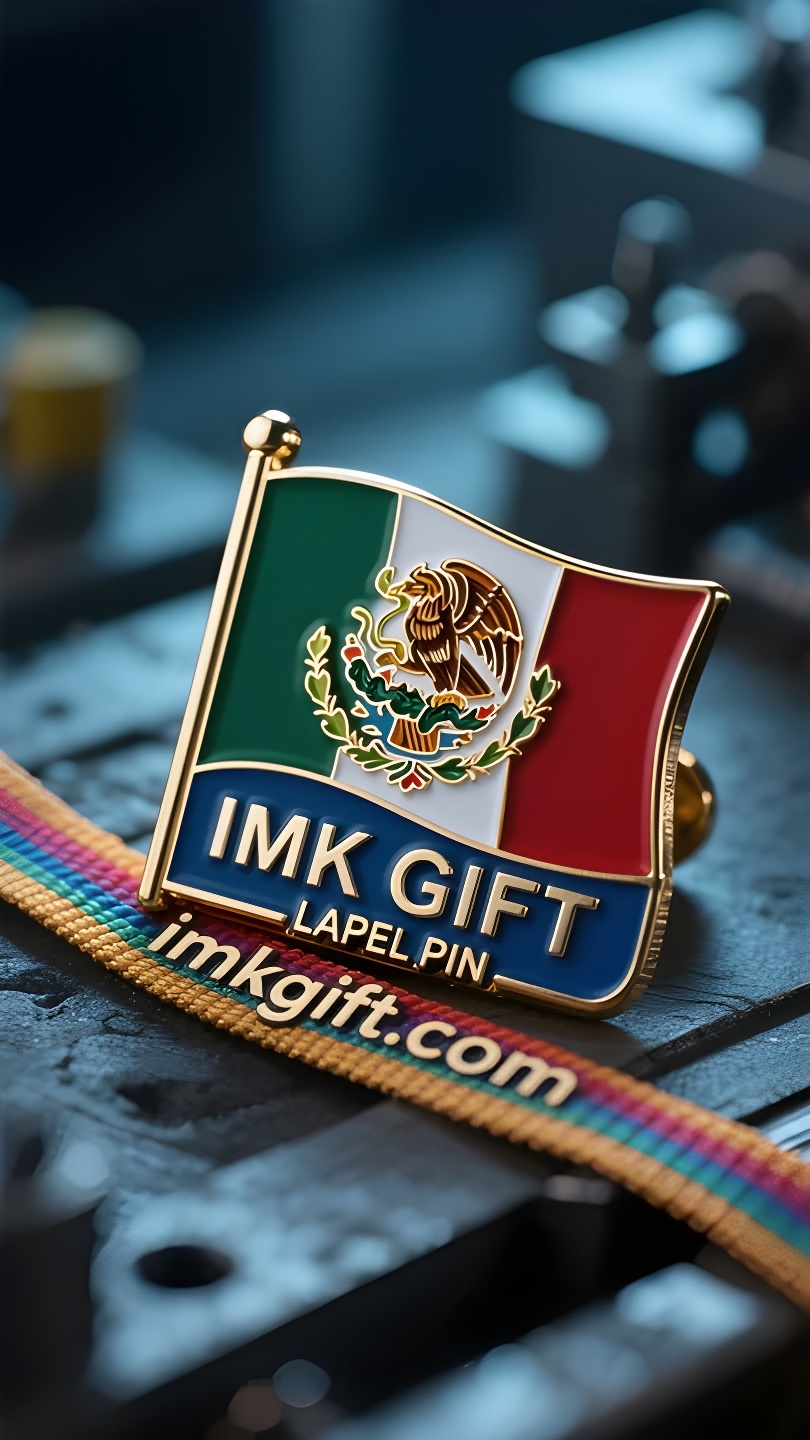in986-Gloria-en-la-punta-de-una-espina-la-iluminación-milenaria-del-tótem-espiritual-mexicano
▼
Bajo el sol abrasador del altiplano mexicano, el emblema del cactus en el centro de la bandera nacional es como una epopeya solidificada, grabando el alma nacional en los colores rojo, blanco y verde. Este tótem compuesto por un águila, una serpiente y un cactus no sólo es una antigua profecía de la búsqueda de la tierra prometida por parte de los aztecas, sino también un código espiritual grabado en la sangre de los mexicanos modernos. Cada espiga del cactus cuenta una filosofía de supervivencia. En el momento en que el águila desgarra a la serpiente venenosa, el cactus enraizado en las grietas de las rocas sostiene todo el cuadro con una postura obstinada: este tipo de vitalidad templada en el desierto árido es exactamente la representación espiritual de la nación mexicana que ha perdurado durante miles de años. Los cascos de hierro de los colonos alguna vez aplastaron la civilización de Tenochtitlan, y la sangre de los revolucionarios alguna vez tiñó de rojo la bandera de la Guerra de Independencia, pero las raíces resistentes, parecidas a las de los cactus, siempre han absorbido nutrientes de las fallas históricas, permitiendo que la civilización brote de nuevo en las cenizas volcánicas. Los mexicanos modernos han inyectado este gen en la innovación tecnológica y el apoyo comunitario. Los indígenas mayas de Chiapas tejen materiales de construcción respetuosos con el medio ambiente a partir de fibras de cactus, y los ingenieros de Monterrey están construyendo el Silicon Valley de América Latina en el desierto. Así como la lucha entre la serpiente y el águila en el emblema implica la dialéctica del orden y el cambio, los mexicanos buscan un equilibrio dinámico entre proteger la tradición y romper con la modernidad. Cuando las campanas del Día de la Independencia suenan en septiembre, el tótem del cactus extiende sus hojas sobre miles de banderas nacionales. Recuerda a cada mexicano que la flor más brillante de la civilización siempre florece en las espinas de la lucha contra la adversidad.
Under the blazing sun of the Mexican plateau, the cactus emblem in the center of the national flag is like a solidified epic, engraving the national soul in red, white and green. This totem composed of an eagle, a snake and a cactus is not only an ancient prophecy of the Aztecs’ search for the promised land, but also a spiritual code engraved in the blood of modern Mexicans. Each spike of the cactus tells the philosophy of survival. When the eagle tears the venomous snake, the cactus deep in the cracks of the rock is holding up the entire picture with a stubborn attitude – this vitality tempered in the barren desert is exactly the spiritual portrayal of the Mexican nation that has lasted for thousands of years. The iron hoofs of the colonists once crushed the civilization of Tenochtitlan, and the blood of the revolutionaries once dyed the flag of the War of Independence red, but the cactus-like tenacious roots have always absorbed nutrients from the historical faults, allowing civilization to re-grow in the volcanic ashes. Modern Mexicans have injected this gene into technological innovation and community mutual assistance. The Mayan indigenous people of Chiapas weave environmentally friendly building materials with cactus fibers, and engineers in Monterrey build the Silicon Valley of Latin America in the desert. Just as the fight between the snake and the eagle in the emblem metaphorically represents the dialectic of order and change, Mexicans are looking for a dynamic balance between traditional protection and modern breakthroughs. When the bells of Independence Day ring in September, the cactus totem spreads its leaves on thousands of national flags. It reminds every Mexican: the most brilliant flower of civilization always blooms on the thorns that fight against adversity.
在墨西哥高原炽烈的阳光下,国旗中央的仙人掌徽章如同凝固的史诗,将民族灵魂镌刻在红白绿三色间。这座由雄鹰、蛇与仙人掌组成的图腾,既是阿兹特克人寻找应许之地的古老预言,更是现代墨西哥人刻入血脉的精神密码。
仙人掌的每根尖刺都述说着生存哲学。当雄鹰撕裂毒蛇的瞬间,深扎岩缝的仙人掌正以倔强的姿态托举起整个画面——这种在贫瘠荒漠中淬炼出的生命力,恰是墨西哥民族千年不灭的精神写照。殖民者的铁蹄曾碾碎特诺奇蒂特兰的文明,革命者的鲜血曾染红独立战争的旗帜,但仙人掌般坚韧的根系始终在历史断层中汲取养分,让文明在火山灰烬中重新抽枝。
现代墨西哥人将这份基因注入科技创新与社区互助。恰帕斯州的玛雅原住民用仙人掌纤维编织出环保建材,蒙特雷的工程师在沙漠中建造起拉美硅谷。正如徽章中蛇与鹰的搏斗暗喻着秩序与变革的辩证,墨西哥人在传统守护与现代突围间寻找着动态平衡。
当九月的独立日钟声响起,仙人掌图腾在万千国旗上舒展叶片。它提醒着每个墨西哥人:最璀璨的文明之花,永远绽放在与逆境抗争的刺尖之上。
▼
Contact Us
📞 Tel: +0086-760-85286839
📧 Email: sales3@imkgift.com








